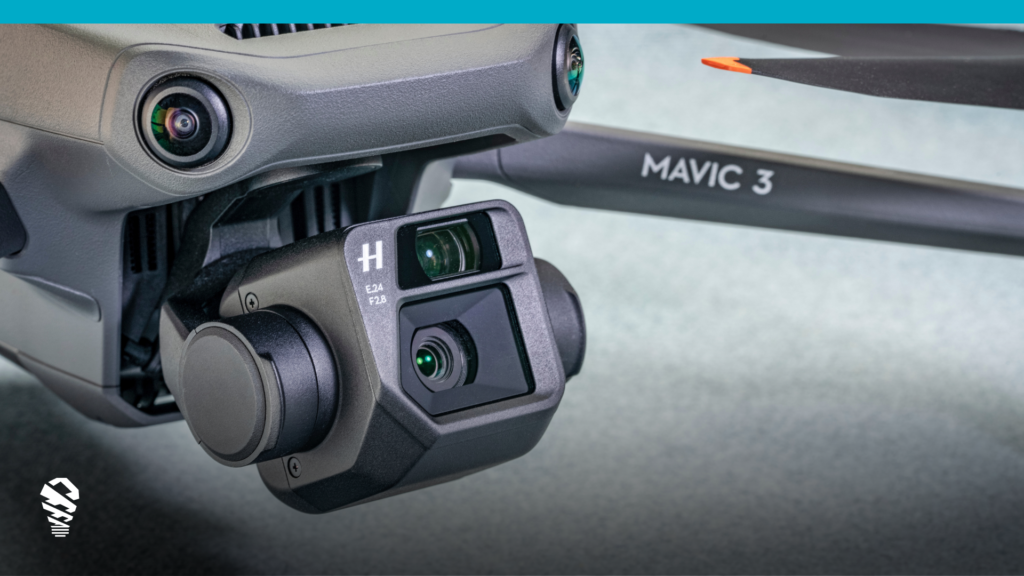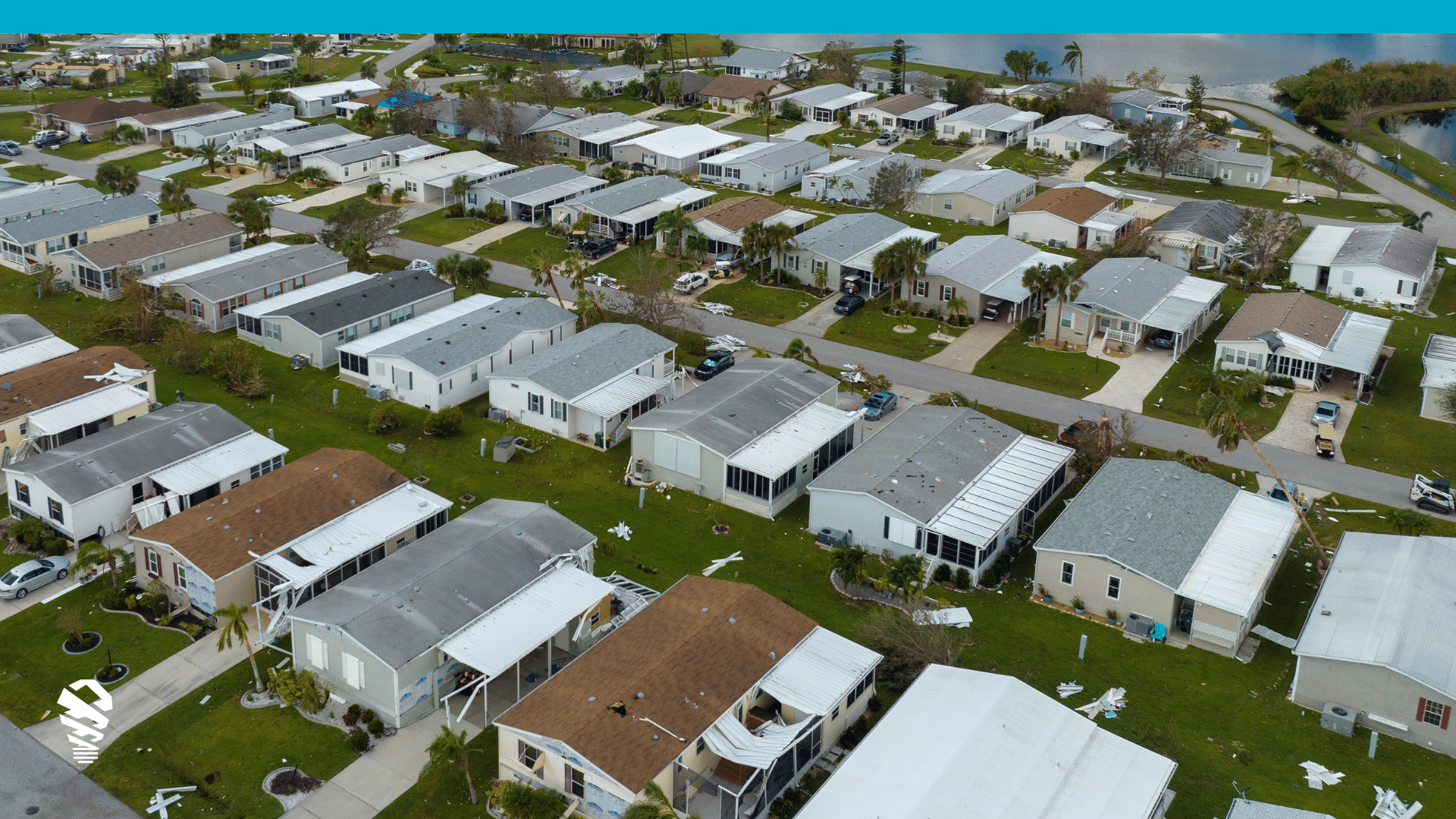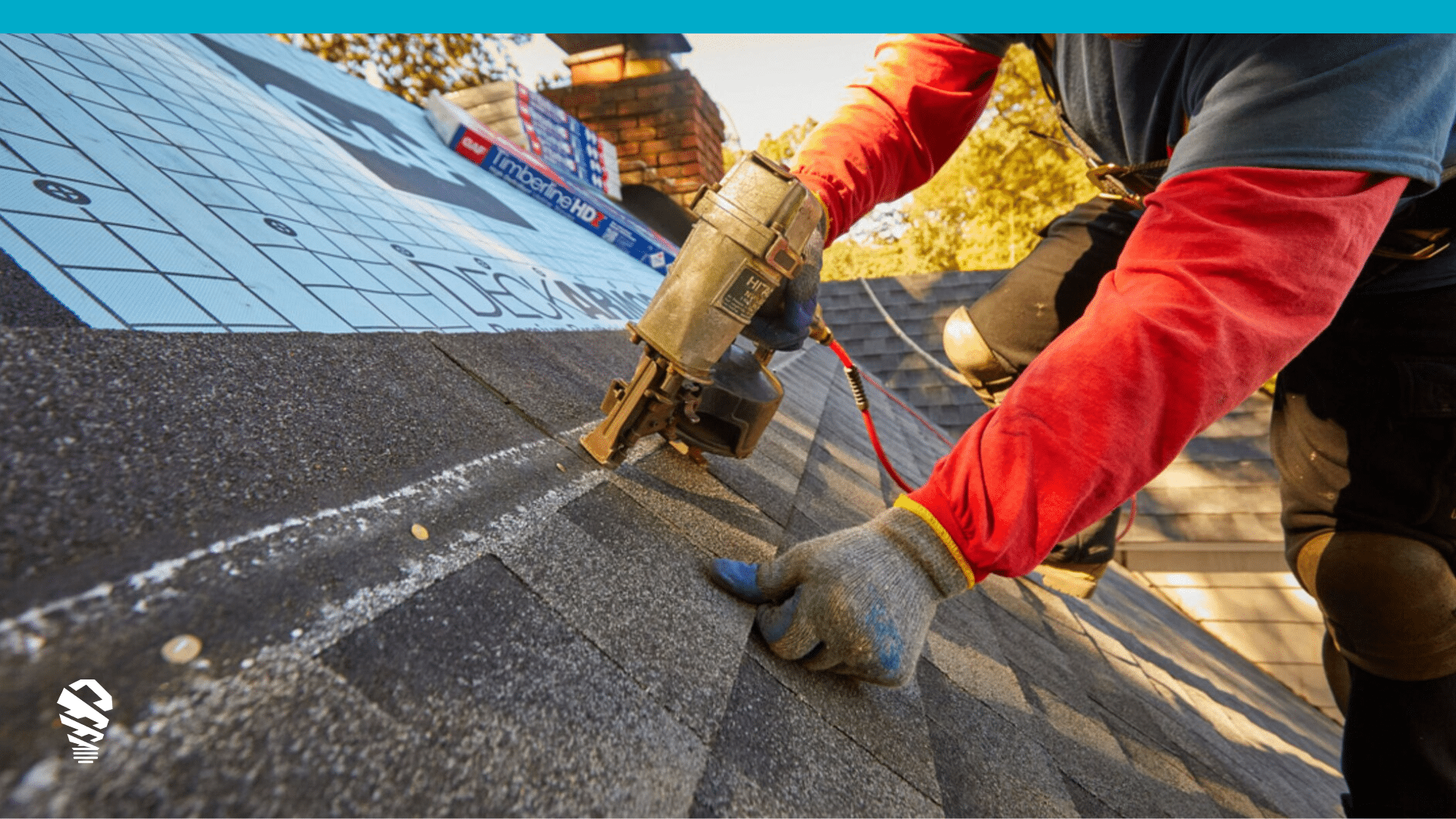There is currently a huge demand for licensed commercial drone pilots – especially for roofing sales and solar site surveys. According to Research and Markets, the demand for drone pilots is expected to grow by 51.1 percent over the next five years. And drone pilots have their pick of industries in which to work, or they can become a freelance drone pilot and service multiple industries.
But before you can become a commercial drone pilot, you need to get licensed. The Part 107 test is an essential step to becoming a licensed commercial drone pilot in the United States. While the process to schedule a test has stayed mostly the same over the last several years, here’s what you need to know about the Part 107 Test in 2024.
What is the Part 107 Test?
According to the Federal Aviation Administration (FAA):
“In order to fly your drone under the FAA’s Small UAS Rule (Part 107), you must obtain a Remote Pilot Certificate from the FAA. This certificate demonstrates that you understand the regulations, operating requirements, and procedures for safely flying drones.” Practically speaking, it’s an airspace test since you will be flying an object in regulated airspace.
The knowledge test (i.e. the Part 107 test) consists of 60 multiple-choice questions with three single responses (A, B, and C) per question.
Now to the good stuff. Let’s talk about how to schedule your Part 107 test:
Steps to Schedule a Part 107 Test in 2023
Step 1: Meet the Eligibility Requirements
Before you schedule your Part 107 test, make sure you meet the eligibility requirements to get your Remote Pilot Certificate. You must be:
- At least 16 years old
- Able to read, write, speak, and understand English
- Be in a physical and mental condition to safely fly a UAS (Unmanned Aircraft System)
Step 2: Register with the IACRA
Before registering for the test, you will need to obtain an FAA Tracking Number (FTN). Start by registering with the Integrated Airman Certification and Rating Application (IACRA). You will need to provide some personal information, such as your name, address, and phone number, and create a username and password.
Step 3: Schedule Your Test
Once you have an FTN, you can schedule your Part 107 test. You will need to select a testing center from the list of approved testing centers. You can find a list of approved testing centers on the FAA website. There are more than 700 testing centers across the United States, so you should be able to find one close to you.
When scheduling your test, give yourself enough time to study for the exam. You will have two hours to complete the 60-question exam, and you must score a minimum of 70% to pass.
Step 4: Pay the Test Fee
When you schedule your test, you are required to pay a test fee of $175. The fee is non-refundable, so make sure you are confident in your ability to pass the test before you pay.
Cost of Drone Registration—Beyond the expense of the examination, you are required to register each drone you own with the FAA for $5 per drone for a three-year period. Registration is now required by law for all commercial drone operators. To register, go to the FAADroneZone website, and choose the “Register Your Drone” option under helpful links.
Step 5: Study for the Test
The Part 107 test covers a wide range of topics related to drone operation, including:
- Regulations
- Airspace classification
- Weather
- Emergency procedures
- And more
To pass the exam, you should study these materials thoroughly.
The FAA provides lots of additional resources to help you prepare for the test, including a free online course called “Part 107 Small Unmanned Aircraft Systems (sUAS) ALC-451.” The course covers all of the topics on the test and includes practice quizzes to help you prepare for your exam.
Step 6: Take the Test
On the day of your test, arrive at the testing center at least 30 minutes before your scheduled appointment. You will need to bring two forms of identification, one of which must be a government-issued photo ID, such as a driver’s license or passport.
You will also need to bring your test confirmation email, which includes your FAA Tracking Number (FTN) and the name of the testing center. Review the testing center’s COVID-19 protocols as they may have changed since the beginning of the pandemic.
Step 7: Review Your Results
After you complete the exam, you will receive your test results immediately. If you pass the exam, you will receive a temporary Remote Pilot Certificate, which will allow you to fly commercially until your permanent certificate arrives in the mail.
If you don’t pass the exam, you will need to wait at least 14 days before retaking the test. You will need to pay the test fee again when you retake the test.
Scheduling a Part 107 test in 2023 is a fairly straightforward process. But before you schedule your Part 107 test, make sure you meet all the requirements, complete your registration, and study, study, study. You don’t want to have to go through the process more than once, so make sure you’re prepared.
After the Test
Once you obtain your Part 107 drone license, the following responsibilities will apply:
1. Registration Maintenance: Renew your drone’s registration every 36 months and always carry the registration card while flying.
2. License Renewal: Update your Part 107 license by passing a recurrent aeronautical knowledge test every 24 months.
3. Compliance and Cooperation: Provide the small Unmanned Aircraft System (UAS) for inspection or testing by the FAA when requested, along with any required documents and records.
4. Accident Reporting: Notify the FAA within 10 days of any incident that leads to injury or property damage exceeding $500.
5. Preflight Checks: Perform thorough preflight inspections before each flight, checking specific aircraft and control station systems to confirm that the small UAS is safe for operation.


![How to Measure a Roof With a Drone [Updated April 2023]](https://www.lovelandinnovations.com/wp-content/uploads/2024/04/How-to-Measure-a-Roof-With-a-Drone-Updated-April-2023.png)





